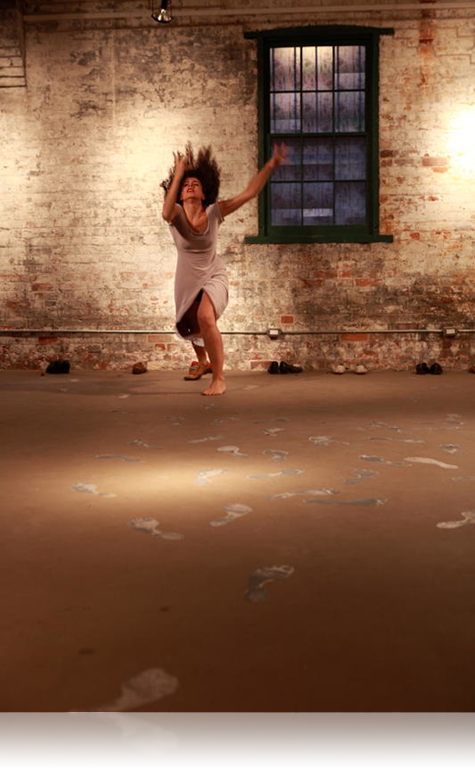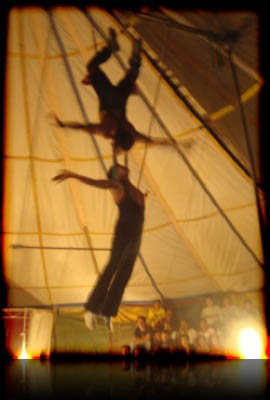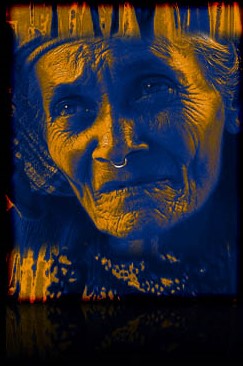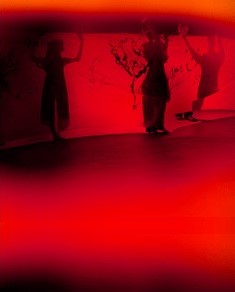The Absence Made Visible: the Case of Ausenc•as, Gustavo Germano’s Photographic Exhibition
DOI:
https://doi.org/10.25071/1913-5874/37351Abstract
This paper is based on Ausenc•as, a photographic exhibition that deals with the disappearances that went on during Argentina’s last dictatorship. Created by photographer Gustavo Germano, the exhibition reconstructs family pictures from the seventies in which the disappeared was/were present. Germano recreates these pictures in the same place and conditions as the originals, and then places the original pictures from the past next to the new pictures taken more than thirty years later highlighting the absence of the disappeared. In this paper, I explore the process of making the exhibition including the performative engagement of the participants who agreed to pose for Germano’s project. The article also describes two pairs of pictures in order to address the effects of Ausenc•as on meaning as well as to reflect on the artist’s use of the bodies of others in the staging of absence. The conclusion briefly dwells on the audience’s experience when confronted with Ausenc•as’ reenactment of the present using an image from the past.
References
Agamben, Giorgio. Homo Sacer: Sovereign Power and Bare Life. Stanford, California: Stanford University Press, 1995.
Barthes, Roland. “The Death of the Author.” In Participation, edited by Claire Bishop, 41-53. Cambridge: White Chapel and MIT Press, 2006.
Barthes, Roland. Camera Lucida: Reflections on Photography. New York: Hill and Wang, 1981. Bishop, Claire, ed. Participation. Cambridge: White Chapel and MIT Press, 2006.
Boal, Augusto. The Theater of the Oppressed. New York: Theater Communication Group, 2001.
CONADEP. Nunca M‡s (Never Again): A Report by Argentina’s National Commission on Disappeared People. Boston: Faber and Faber, 1986. [1984].
Foucault, Michel. The History of Sexuality, Volume I. New York: Vintage Books, 1990.
Germano, Gustavo. 2009. Interview by Celina Van Dembroucke. Skype. 20 November 2009.
Germano, Gustavo. Interview by Oscar Ranzani. E-mail. February 2008.
Germano, Gustavo. Brochure Ausencias. Buenos Aires: P‡gina/12, 2008.
Nancy, Jean-Luc. “The Inoperative Community”. In Participation, edited by Claire Bishop, 54-70. Cambridge: White Chapel and MIT Press, 2006.
Rancière, Jacques. “Problems and Transformations in Critical Art/ 2004.” In Bishop, Participation, 83-93
Rancière, Jacques. The Politics of Aesthetics. New York: Continuum, 2009.
Taylor, Diana. “’You are here’: the DNA of Performance.” TDR, Vol. 46, No. 1 (Spring, 2002): 149-169.
Taylor, Diana. Disappearing Acts: Spectacles of Gender and Nationalism in Argentina’s Dirty War. Durham and London: Duke University Press, 1997.
Taylor, Diana. “Translating Performance.” Profession (2002); 44-50.
UNESCO. “Capturing the Essence of Absence.” The Unesco Courier, http://portal.unesco.org/en/ev.php-URL_ID=43572&URL_DO= DO_TOPIC&URL_SECTION=201.html (accessed 14 November 2009).
Willis, Deborah. “A Search for Self: The Photograph and Black Family Life.” In The Familial Gaze, edited by Marianne Hirsch. Hannover, NH: University Press of New England: 1999.





